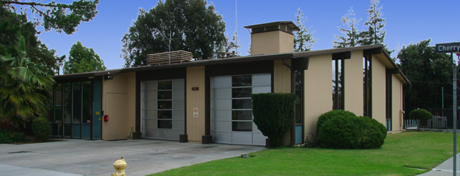For this weeks blog, I am continuing the discussion about providing a fixed percentage of the budget towards police. A nickname for this might be, “We Get, You Get.” The name refers to when the aggregate budget grows, then funding for the most critical service a city can provide—police—would grow. (Providing a sewer system is a close second for the most critical service).
Some may say, “What happens if the total budget doubles? Then we would be spending too much on police?” My first thought to this question is, “So what?” So what if the budget grows and additional police officers and other related expenses of police force could be added.
But let’s start with reality. The reality is local government will not have a windfall or increased tax revenues. Property values are not going to catapult and consumer spending is finicky, as it has recently stalled. We may indeed see the growth of tax revenues outpace expenses after pension reform, but it will certainly not be double. So, if tax revenues for the general fund do grow 10 percent, then police would get an additional 10 percent. If we have a severe recession and revenues fall, then the police department would have to choose how best to handle it by possibly postponing purchases of equipment or not filling positions left vacant by retirement.
Back to my main point: There is insatiable demand for police services; from stopping the most egregious violent crime to issuing speeding citations. If we value the ability to walk down the street and know that criminals’ fear of police will stop an assault on an innocent person, then that is a good problem to have.
Too often elected officials are asked to choose between one program and another. Rather than eliminating discretionary spending across the board, more often cuts are implemented. However, at some point a city’s core competency suffers. A fixed percentage of the budget would allow for funding to be on autopilot.
Some may say, “Why not carve out other city departments at a fixed percentage?” Nonsense. At some point we have to choose one over another, and police provide the most value. That value translates to safety and, if marketed well, economic development. Coming up with a formula for more than one department would never happen and I do not believe residents would support it.


